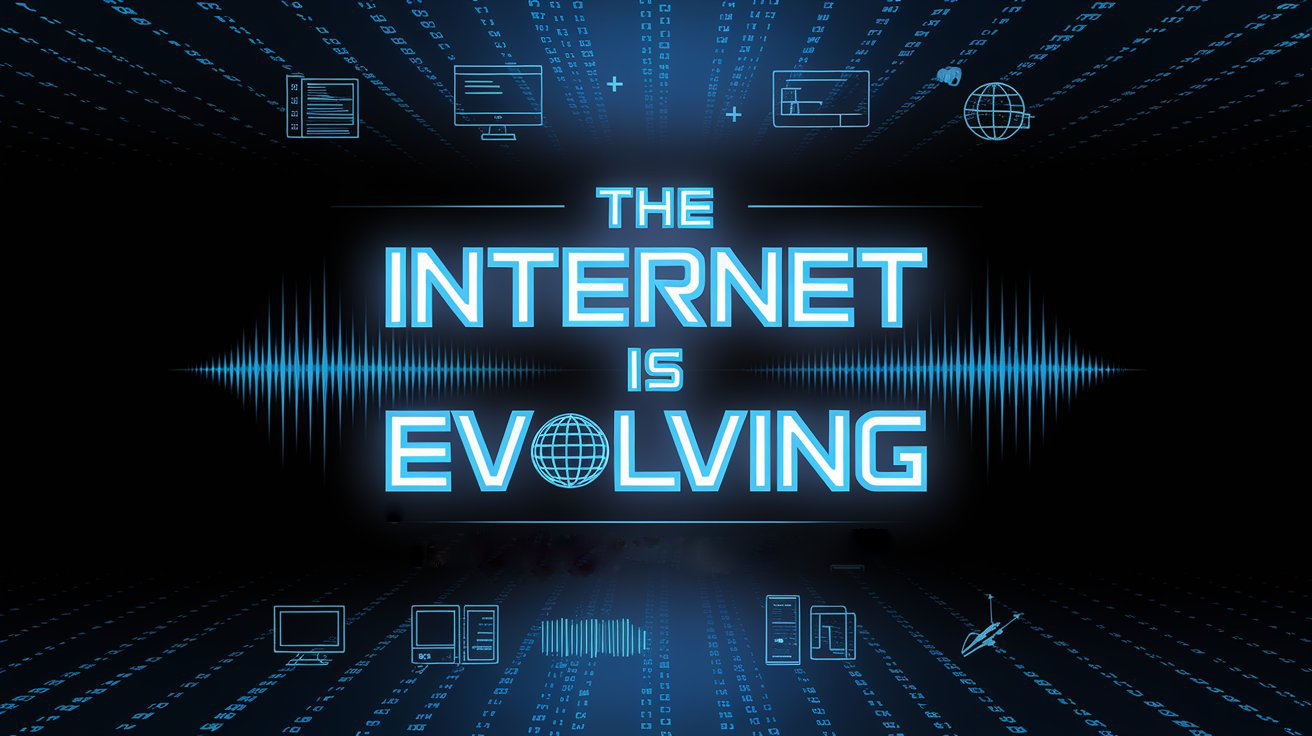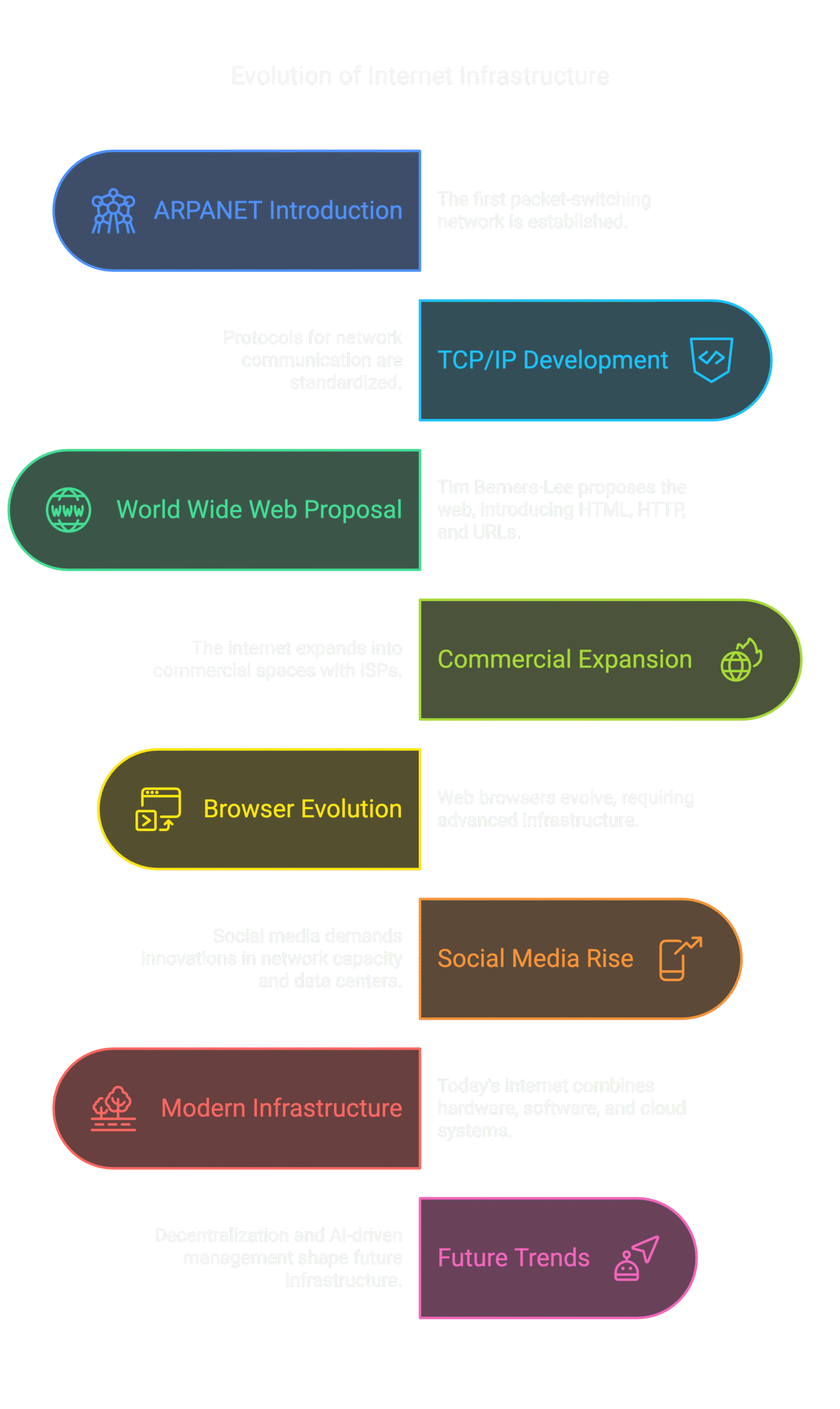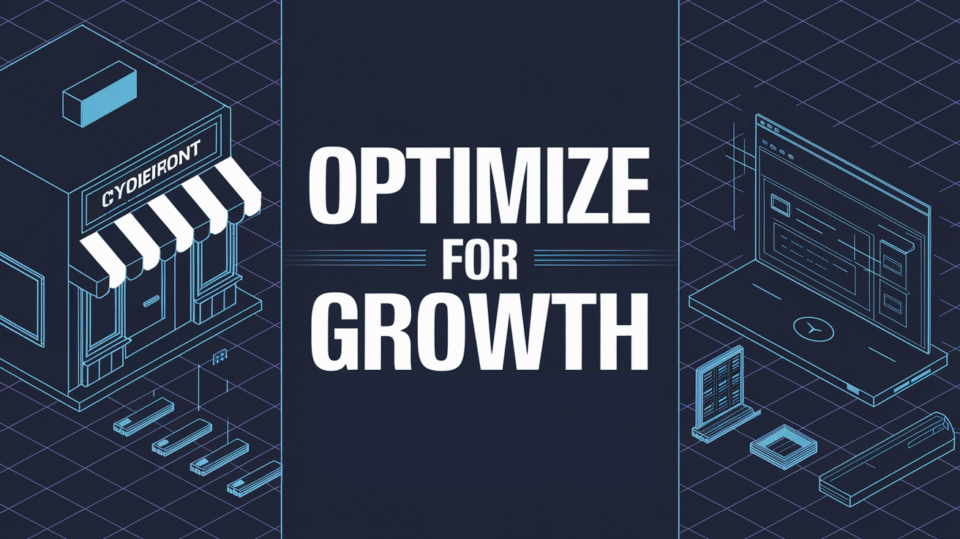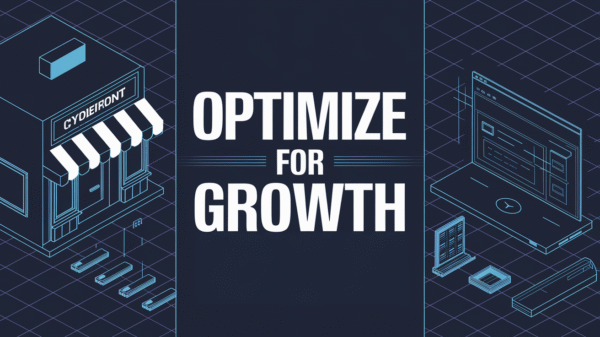The Evolution of Internet Infrastructure: From Simple Networks to Intelligent Systems | History of the Internet Episode 2
Internet infrastructure has transformed from a modest academic network into the sophisticated backbone of modern digital society. This remarkable journey spans over five decades, fundamentally changing how we connect, communicate, and conduct business. Understanding this evolution reveals not just the technical foundations of our connected world, but also provides crucial insights into future technological developments.

The Foundation of Modern Internet Infrastructure
The story of Internet infrastructure begins in 1969 with ARPANET, the first successful implementation of packet-switching network technology. This pioneering system established the fundamental principles that would shape all future networking technologies. ARPANET’s infrastructure demonstrated how computers could communicate across distances using distributed networks rather than centralized systems, a revolutionary concept at the time.
The early internet infrastructure relied on telephone lines and modems operating at speeds that would seem impossibly slow by today’s standards. Yet these humble beginnings established crucial networking principles that remain relevant today. The development of TCP/IP protocols in the 1970s provided a standardized way for different computer networks to communicate, laying the groundwork for the global internet.
When Tim Berners-Lee proposed the World Wide Web in 1989 at CERN, he built upon this existing Internet infrastructure to create something truly revolutionary. His contribution introduced three critical components that would become the cornerstone of modern web infrastructure:
- HTML became the standard language for structuring digital content, fundamentally changing how information could be organized and displayed across networks. This markup language allowed for the creation of structured documents that could be shared and displayed consistently across different computer systems.
- HTTP established reliable protocols for data transfer across the internet infrastructure, enabling consistent communication between servers and clients. This protocol defined how messages should be formatted and transmitted, creating a standard that all web-connected devices could follow.
- URLs created a standardized addressing system, allowing resources to be easily located within the vast network infrastructure. This innovation made it possible to create a truly interconnected web of information, where documents could reference and link to each other seamlessly.
Commercial Evolution of Internet Infrastructure
The 1990s marked a crucial transition as internet infrastructure expanded beyond academic circles into commercial spaces. This expansion required significant developments in both physical and logical infrastructure components, driving innovations that would shape the modern Internet.
The emergence of commercial internet service providers (ISPs) created new layers of internet infrastructure. These organizations built vast networks of fiber optic cables, routers, and switches, establishing the physical backbone that would support growing internet traffic. The implementation of Network Access Points (NAPs) and Internet Exchange Points (IXPs) facilitated efficient data routing between different networks, creating a more robust and interconnected system.
Browser Development and Network Protocols
Web browsers became the primary interface through which users accessed internet infrastructure. The evolution from WorldWideWeb to modern browsers like Chrome and Firefox paralleled advancements in underlying network technologies. Each new browser generation required more sophisticated internet infrastructure to support features such as:
- The implementation of secure socket layers (SSL) and transport layer security (TLS) protocols enhanced the security of internet infrastructure. These protocols encrypted data transmission, making it possible for sensitive information to be safely transmitted across public networks.
- Content delivery networks (CDNs) emerged to distribute data more efficiently across global infrastructure. By storing copies of web content in multiple geographic locations, CDNs reduced latency and improved user experience while simultaneously reducing the load on origin servers.
- New caching mechanisms reduced strain on network resources while improving user experience. Browser caching, server-side caching, and intermediate caching layers worked together to optimize data delivery and reduce redundant transfers.
Social Media and Infrastructure Scaling
The rise of social media platforms presented unprecedented challenges for internet infrastructure. These platforms required systems capable of handling millions of simultaneous connections and real-time data transfers. This demand drove innovations in several key areas:
- Network capacity expanded through advanced fiber optic technologies and improved routing algorithms. Dense Wavelength Division Multiplexing (DWDM) technology enabled multiple data streams to be transmitted simultaneously over the same fiber optic cable, dramatically increasing bandwidth capacity.
- Data center architecture evolved to support massive-scale operations. The development of sophisticated load balancing systems, redundant power supplies, and advanced cooling systems made it possible to operate large-scale data centers efficiently and reliably.
- Edge computing emerged as a solution to reduce latency and improve performance. By processing data closer to where it’s needed, edge computing reduced the strain on central infrastructure while improving response times for users.
Modern Internet Infrastructure
Today’s internet infrastructure combines physical hardware, software protocols, and cloud computing systems into a complex, interconnected ecosystem. This modern infrastructure supports everything from basic web browsing to advanced artificial intelligence applications, requiring unprecedented levels of coordination and management.
Physical Infrastructure Components
The physical layer of internet infrastructure continues to evolve with technological advances:
- Submarine cables span oceans, forming the backbone of global connectivity. These cables, some as thin as a garden hose, carry nearly 99% of international data traffic. Modern cables use optical amplifiers and wavelength division multiplexing to achieve transmission speeds of up to 26.2 terabits per second.
- Satellite networks provide internet access to remote regions and are increasingly important for global coverage. New low Earth orbit (LEO) satellite constellations promise to deliver high-speed internet access to previously underserved areas.
- 5G networks enable faster, more reliable mobile connections through advanced antenna technologies and higher frequency radio waves. This infrastructure supports the growing Internet of Things (IoT) ecosystem and enables new applications like autonomous vehicles and smart cities.
- Edge computing facilities bring processing power closer to end users, reducing latency and improving performance for time-sensitive applications. These distributed computing resources represent a significant shift from traditional centralized data center models.
Cloud Computing and Virtualization
Cloud computing has revolutionized how we think about internet infrastructure. Virtual servers, software-defined networking, and containerization technologies have created more flexible and scalable infrastructure solutions. These advances enable:
- More efficient resource utilization through dynamic allocation, allowing organizations to scale their infrastructure up or down based on demand. Container orchestration platforms like Kubernetes automate the deployment and management of applications across distributed systems.
- Improved reliability through redundant systems and automated failover mechanisms. Modern cloud infrastructure can automatically detect and respond to hardware failures, ensuring continuous service availability.
- Better security through isolated environments and sophisticated access controls. Virtual private clouds and microsegmentation provide granular control over network traffic and resource access.
The Future of Internet Infrastructure
As we look toward Web 3.0 and 4.0, internet infrastructure continues to evolve. Emerging technologies are reshaping how we build and maintain network systems, with particular focus on decentralization and artificial intelligence.
Decentralized Infrastructure
Blockchain technology is introducing new models for decentralized internet infrastructure. These systems promise several key advantages:
- Enhanced data security through distributed storage and cryptographic protection. By eliminating single points of failure, decentralized systems can provide better resilience against attacks and data loss.
- Improved transparency in network operations through public ledgers and verifiable transactions. This transparency helps build trust and enables new forms of collaboration.
- Greater user control over personal information through self-sovereign identity systems and personal data stores. Users can maintain ownership of their data while selectively granting access to services.
AI-Driven Infrastructure Management
Artificial intelligence is transforming how we manage internet infrastructure:
- Predictive maintenance systems prevent network failures by identifying potential issues before they cause disruptions. Machine learning algorithms analyze patterns in network behavior to detect anomalies and predict equipment failures.
- Automated scaling adjusts to changing demand in real-time, optimizing resource utilization and reducing costs. AI systems can analyze traffic patterns and automatically provision resources to maintain performance.
- Smart routing optimizes data flow across networks, reducing congestion and improving efficiency. AI-powered traffic management systems can dynamically adjust routing paths based on network conditions.
Challenges in Internet Infrastructure Development
As internet infrastructure continues to evolve, several key challenges demand attention:
- Managing growing energy consumption of network systems has become a critical environmental concern. Data centers alone account for approximately 1% of global electricity consumption, driving the need for more efficient technologies and renewable energy sources.
- Ensuring equitable access to high-speed connectivity remains a significant challenge, particularly in developing regions and rural areas. The digital divide continues to impact economic and educational opportunities for billions of people worldwide.
- Maintaining security against increasingly sophisticated threats requires constant vigilance and innovation. As infrastructure becomes more complex, the attack surface for potential security breaches expands.
- Balancing privacy concerns with technological advancement presents ongoing challenges for infrastructure developers and operators. The need to protect personal data while enabling innovative services requires careful consideration of technical and ethical factors.
Conclusion

Internet infrastructure has evolved from simple academic networks into the foundation of our digital society. This evolution continues as new technologies emerge and user demands grow. Understanding the complex interplay between physical hardware, software protocols, and emerging technologies helps us appreciate both the achievements of current systems and the challenges ahead in building tomorrow’s internet infrastructure.
The future of internet infrastructure will likely be shaped by advances in artificial intelligence, quantum computing, and decentralized systems. As these technologies mature, they will enable new applications and services while presenting fresh challenges for infrastructure developers and operators. Continued investment in research, development, and deployment of advanced infrastructure technologies remains crucial for supporting the next generation of digital innovation.







